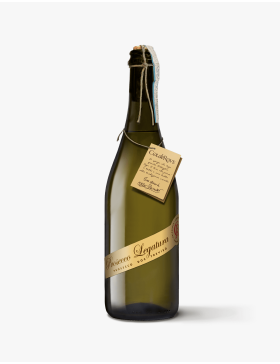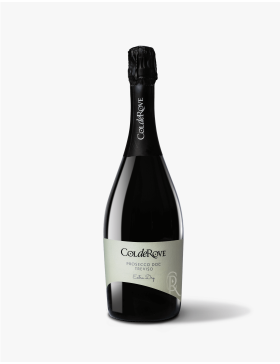Prosecco
Prosecco: Italian bubbles that enthuse palates the world over.
Attilio Mionetto is the acknowledged interpreter and promoter of prosecco's success on the international market.
Prosecco sparkling wine is the most popular and loved in the world, so much so that its sales volumes, which are constantly growing, have surpassed those of champagne.
Prosecco is a white wine whose grape variety is glera, whose cultivation first developed in the areas of Conegliano and Valdobbiadene, and then spread to most of the Veneto and Friuli regions.
The types of prosecco, according to the regulations, are classified as sparkling, semi-sparkling, still and bear various Doc and Docg, the highest expression of which is the Docg superiore di Cartizze.
There are 4 products.
Showing 1 - 4 of 4 items












